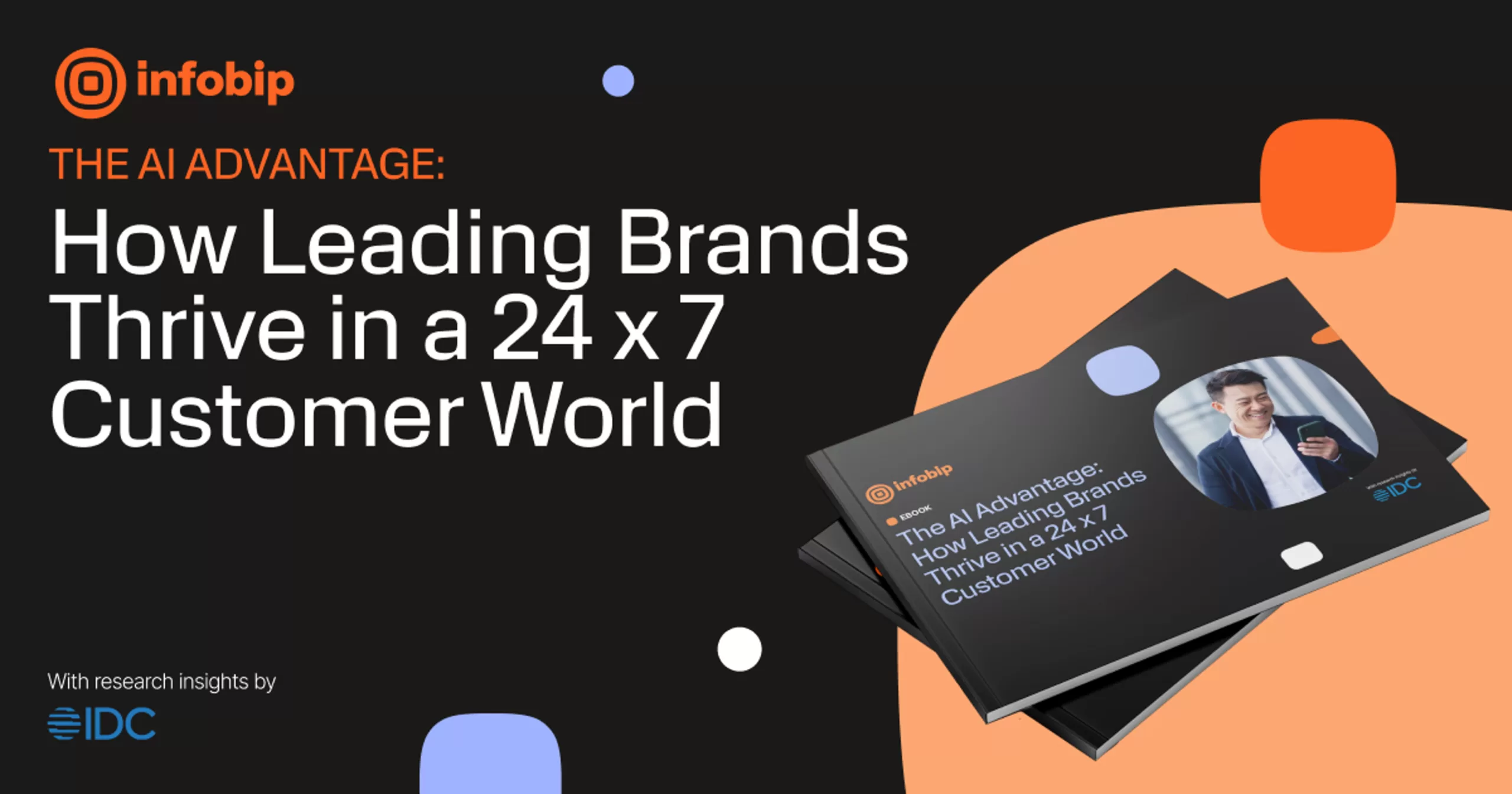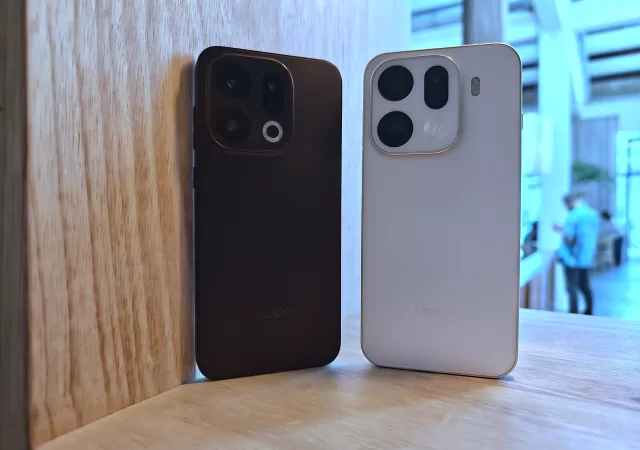Remember when customer service meant calling a hotline and being put on hold for what felt like an eternity? Or when you had to repeat your problem to three different people before you got a semblance of a solution? Well, those days are quickly becoming a relic of the past, especially in Asia-Pacific. A new report from Infobip is highlighting what many of us already know: AI isn’t just a buzzword; it’s the new standard for customer experience.
Infobip has released its latest report, The AI Advantage: How Leading Brands Thrive in a 24 x 7 Customer World. The report, backed by IDC research, gives us some serious insights into how hyper-digital consumers in our region are changing the game. The simple truth is, we’re always on, and we expect brands to be, too.

Hyper-Connectivity and the “Zero-Wait” Mindset
It’s no secret that Asia-Pacific is a mobile-saturated region. We’re talking mobile penetration rates that exceed 100% in nearly every market, with Hong Kong SAR leading the pack at a whopping 264%. Even emerging markets like Indonesia and the Philippines are seeing penetration rates at or above 110%. This isn’t just about having a phone; it’s about living our lives through a handful of super-apps like LINE, WeChat, WhatsApp, and others.
As Velid Begovic, VP Revenue, APAC at Infobip, puts it, we have a “zero-wait mindset”. We expect brands to be as agile as we are, jumping between channels mid-conversation and providing instant, context-aware responses without making us repeat ourselves. This expectation is a huge problem for businesses still using outdated systems. In fact, the report found that 43% of Asia-Pacific businesses cite improving customer experience as their single biggest operational challenge. They’re struggling with disconnected channels and the sheer cost of offering round-the-clock support across a diverse region with many different languages and regulations.
AI as the Engine Room of Customer Experience
The solution, according to the report, is artificial intelligence, but not just any AI—we’re talking about technologies like generative AI, agentic AI, and conversational AI. Nikhil Batra, Senior Research Director at IDC Asia-Pacific, notes that the conversation has shifted from “if” to “how” to integrate AI deeply and quickly. It’s no longer just about having a basic chatbot; it’s about orchestrating advanced AI capabilities to create proactive customer journeys that build lasting relationships.
This is where things get interesting. IDC predicts that by 2028, consumers in the region will spend a staggering US$32 billion through AI agents that can shop for goods and services for them. And businesses are racing to keep up, with projected investments of over US$30 billion in AI infrastructure and platforms by 2027. Enterprise AI investment in customer service and marketing across Asia-Pacific is growing at a compound annual rate of 35% through 2029, a clear sign of the urgency.
Begovic highlights that AI is no longer just a tool for answering FAQs. It’s about agentic AI coordinating a product exchange across multiple messaging channels without a single manual handoff. It’s about generative AI crafting a personalised message that feels like it was written just for one person, in their language, with their cultural nuances.
Infobip’s Solution: The Conversational Experience Orchestration Platform (CXOP)
Infobip is at the forefront of this transformation with its Conversational Experience Orchestration Platform (CXOP). This platform puts agentic AI at the core of every customer interaction, unifying messaging, automation, and AI assistance into a single, intelligent system. It’s designed to adapt to customer behaviour, sentiment, and intent in real-time, setting a new standard for meaningful, outcome-driven conversations between brands and users.
The report is a practical roadmap for businesses in the region to turn AI from a simple buzzword into a real competitive advantage. If you’re looking to understand what the future of customer service looks like in the Asia-Pacific, it’s pretty clear: it’s intelligent, it’s always-on, and it’s powered by AI.






